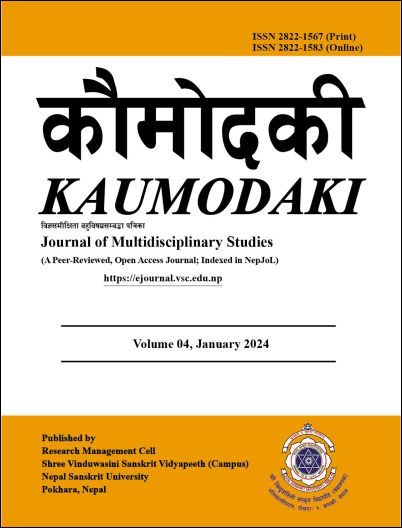Role of Earliest Arrival Flow in an Evacuation Network
DOI:
https://doi.org/10.3126/kdk.v4i1.64568Keywords:
Evacuation, evacuation network, earliest arrival flow, transform network, time complexityAbstract
Traffic route guidance, destination optimization, and optimal route choice are some of the approaches to accelerate the evacuation process of transit-based evacuation problems. Their effectiveness depends upon the evacuee arrival patterns at the pickup locations and their assignment in an appropriate way to the resources in the network. The arrival patterns of the evacuees at different pickup locations might be a constant or random variable, deterministic or stochastic, time-dependent, or flow-dependent, or can be categorized either way. In this work, we are focused on the collections of evacuees at the pickup locations from the danger zone in the earliest arrival flow patterns, which can be further assigned to the transit vehicles in the integrated evacuation network by treating such pickup locations as the sources for the subsequent process to minimize the overall network clearance time from the danger zone to the safety.
Downloads
Downloads
Published
How to Cite
Issue
Section
License

This work is licensed under a Creative Commons Attribution-NonCommercial 4.0 International License.
This license enables reusers to distribute, remix, adapt, and build upon the material in any medium or format for noncommercial purposes only, and only so long as attribution is given to the creator.




